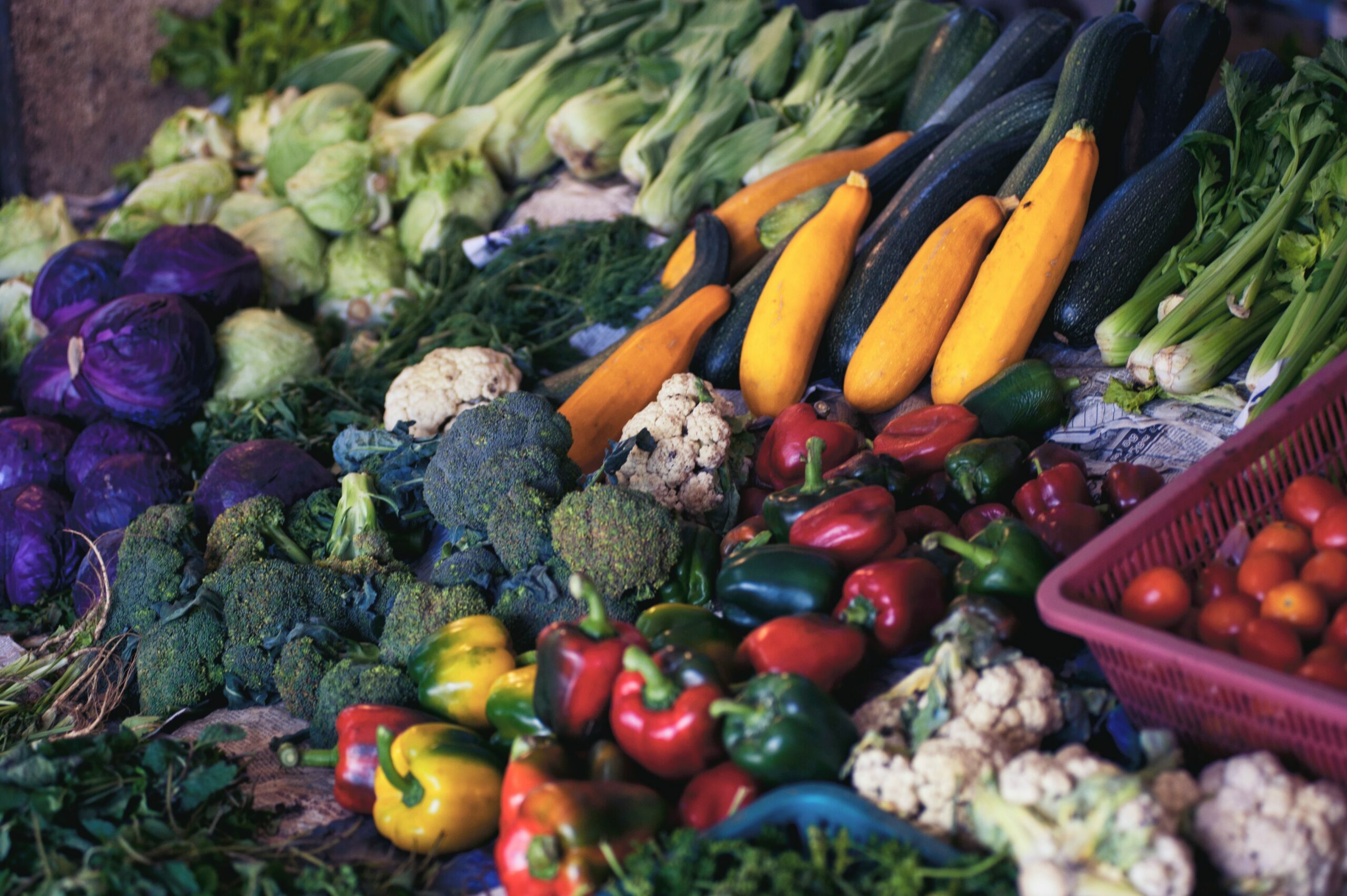Yes, you can definitely eat many vegetables without cooking them! In fact, eating raw vegetables offers several benefits:
Increased nutrient intake: Cooking can destroy certain nutrients, particularly Vitamin C and B vitamins. Consuming vegetables raw minimizes this loss and ensures you reap the full benefits of these essential nutrients.
Improved digestion: Raw vegetables are rich in fiber, which aids in digestion and promotes gut health. Additionally, enzymes present in raw vegetables can further improve digestion and nutrient absorption.
Enhanced taste and texture: Some vegetables, like cucumbers, carrots, and bell peppers, have a refreshing taste and crisp texture when eaten raw. This can add variety and enjoyment to your diet.
However, it’s important to note that not all vegetables are suitable for raw consumption. Some vegetables, like potatoes, eggplants, and kidney beans, contain toxins that are destroyed by cooking and can be harmful if eaten raw. Additionally, certain vegetables, like cruciferous ones (broccoli, cauliflower, cabbage), are more difficult to digest when raw and may cause discomfort.
Vegetables to eat raw:
Here are some vegetables that you can safely and enjoyably eat raw:
Leafy Greens:
- Spinach: Rich in vitamins A, C, and K, spinach can be enjoyed raw in salads, smoothies, or as wraps.
- Kale: Packed with antioxidants and fiber, kale can be massaged with oil and lemon for a delicious salad or added to smoothies.
- Lettuce: Romaine, butterhead, and other lettuce varieties provide a crunchy base for salads and wraps.
- Arugula: This peppery green adds a spicy kick to salads and sandwiches.
Cruciferous Vegetables:
- Broccoli Florets: Raw broccoli florets offer a good dose of vitamin C and can be dipped in hummus or enjoyed on their own.
- Cauliflower Florets: Raw cauliflower can be used as a healthy snack or grated and added to salads or dips.
- Cabbage (Outer Leaves): Shredded raw cabbage adds a crunchy texture to salads and slaws.
Root Vegetables:
- Carrots: A classic crunchy snack, carrots are rich in beta-carotene, which the body converts to vitamin A.
- Radishes: These spicy root vegetables are a refreshing addition to salads and crudités platters.
- Turnips: Raw turnips have a slightly sweet and peppery flavor and can be grated into salads or slaws.
Allium Vegetables:
- Onions: Red, white, and yellow onions add flavor and zing to salads, sandwiches, and dips.
- Garlic: Raw garlic cloves can be crushed and added to marinades, sauces, and dressings.
- Scallions: These green onions offer a milder flavor than regular onions and can be used as a garnish for salads and soups.
Solanaceous Vegetables:
- Tomatoes: Cherry, grape, and slicing tomatoes are all delicious eaten raw and add sweetness and color to salads and sandwiches.
- Bell Peppers: Red, yellow, orange, and green bell peppers are a versatile raw vegetable that can be enjoyed on their own, stuffed, or sliced into salads.
- Cucumbers: Cool and refreshing, cucumbers are a popular snack and salad ingredient.
Other:
- Celery: This crunchy vegetable is a good source of fiber and can be enjoyed raw with dips or chopped into salads.
- Mushrooms: Certain varieties like cremini, portobello, and button mushrooms can be enjoyed raw in salads, sandwiches, or wraps.
- Avocado: A creamy and delicious fruit (yes, it’s a fruit!), avocado is often enjoyed raw on toast, in salads, or blended into smoothies.
Precautions for Eating Raw Vegetables
While raw vegetables offer numerous benefits, it’s important to be aware of potential risks and take necessary precautions:
Washing:
- Wash all raw vegetables thoroughly under running water to remove dirt, bacteria, and pesticides.
- Use a clean vegetable brush to scrub rough surfaces like potatoes and carrots.
- Rinse leafy greens in a colander or salad spinner to remove any hidden dirt.
- Consider soaking vegetables in a vinegar solution (1 tablespoon of vinegar per gallon of water) for 15 minutes to further reduce bacteria.
Selection:
- Choose fresh, firm vegetables without blemishes or bruises.
- Avoid vegetables with signs of spoilage, such as mold or discoloration.
- If unsure about a vegetable’s freshness, discard it.
- Select organic vegetables whenever possible to minimize pesticide exposure.
Preparation:
- Use separate cutting boards and utensils for raw and cooked vegetables to avoid cross-contamination.
- Peel vegetables when necessary to remove outer layers that may harbor bacteria.
- Cut vegetables into smaller pieces to increase surface area and facilitate washing.
Storage:
- Store raw vegetables in the refrigerator in clean, airtight containers.
- Consume them within a few days for optimal freshness and nutrient content.
- Avoid leaving raw vegetables at room temperature for extended periods.
Individual Considerations:
- Pregnant women, young children, older adults, and individuals with weakened immune systems should be especially cautious when consuming raw vegetables.
- Certain vegetables, like mushrooms and sprouts, may carry higher risks of foodborne illness and should be cooked before consumption.
- Individuals with digestive sensitivities may experience discomfort when eating certain raw vegetables. Start slowly and introduce new ones gradually to assess individual tolerance.
By following these precautions and choosing safe, fresh vegetables, you can enjoy the health benefits of raw vegetables without compromising your health.
Related Posts
This article is reviewed by Russel, before publishing. If you have any doubt, you can contact us or consult with your nearby doctor. Remember, in medical matters, there is no same advice, cure, and medicine for all.

